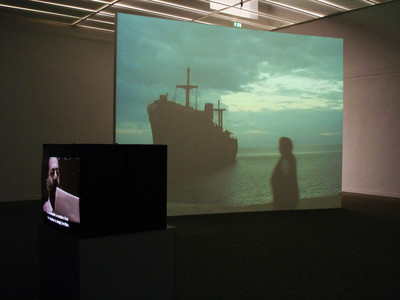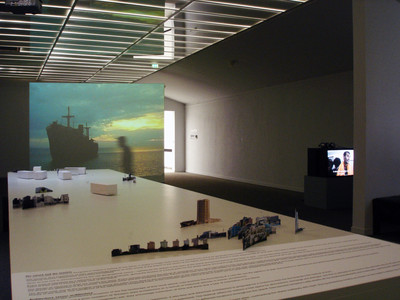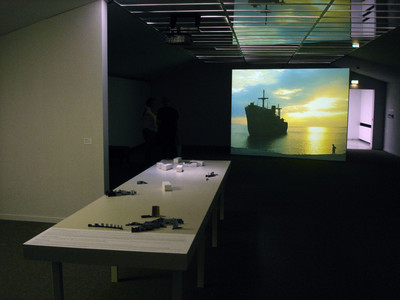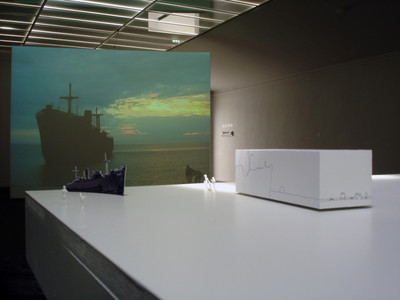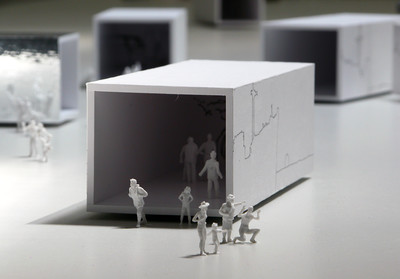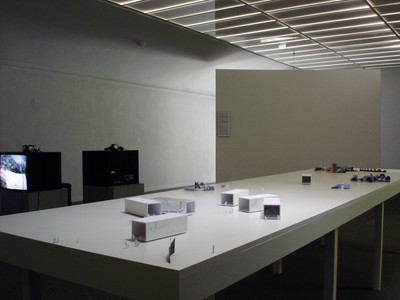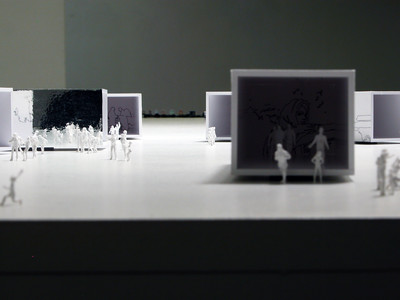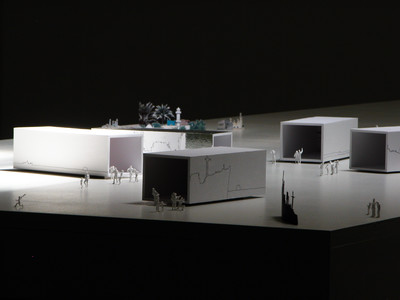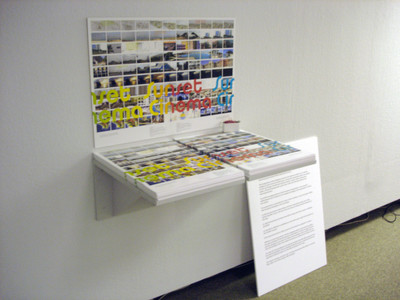The project Sunset Cinema sets itself on the island of Kish, an island in the Persian Gulf who’s recent history is perhaps a condensed representation of the irreconcilable geo-localities of modernity.
In the waters of the Persian Gulf, eighteen kilometres off the southern coast of the Iranian mainland, lies the coral island of ‘Kish’. The master plan for Kish was initially developed before the 1979 revolution. The inauguration of the preliminary plans was held in 1977 with one of the first landings of Concord at Kish airport. Among these planned projects were palaces for the royal family, the Kish international airport, casinos, hotels, restaurants, banks, a French shopping mall, a golf course and the establishment of radio, television and telecommunications networks. It was reported that a month after the victory of the revolution the people of Kish occupied the palaces belonging to the royal family. A year later, in 1980, the government declared Kish the first ‘national free-trade zone’ of the Islamic Republic of Iran. However, the start of the Iran-Iraq war delayed the full realization of this plan. Finally, in 1993, Kish was officially re-established as a free-trade zone that applied the principles of a free market economy. In the 1994 master plan almost 55 percent of the island was assigned to tourism. Without opening the entire country to the outside influence the main motivation for the development of this island was to attract foreign investment and non-oil export as an answer to western trade embargoes. But in reality Kish, an hour and half flight south of the capital, has become a site for Iranian tourists and investors. For many, the tolerant lifestyle on the paradise look-alike island of Kish provides an escape from the restrictions of the mainland. One of Kish’s tourist attractions is a steam ship, known as the Greek ship, which was stranded on the island’s shores in mid the 60’s and has since remained there to slowly rust away into the waters of the Persian Gulf. Every evening tourists gather to view the ship as sun sets behind it. This view has become one of Kish’s landmarks, almost made into a mythological brand for the island’s tourism. The sun-splashed island has become a studio back-lot for an experiment into the limits of a more liberal attitude by the state. Amid this environment an international documentary film festival has been organised over the past five years, screening films with a realistic view of life on the mainland. The screening of these films on the island is interesting in so far as they introduce certain narratives of social consciousness into the escapist fabric of the island.
Sunset Cinema proposes speculative architectural spaces for the island to host the (now defunct) Kish documentary film festival. With their spatial dispositions and the films they host, these screening spaces become reflective of the island’s geopolitical misplacements. For the first iteration of the project, the architects Mohammad Hassan Malekpour and Gelayol Mosaed are invited to collaborate with Pages and expand on the architecture of these screening spaces. The mushroom-like architectural growth of the flat landscape of this coral island may promise the flourishing of a new life, but the agitation of style and function in architecture and planning expresses the unpredictability of this promise. The buildings in Kish are either a poor imitation of Western style architecture or a revival of historical periods in Iranian architecture. Every zone is identified by a different architectural landmark which gives the illusion of being a focal point for the whole island. Driving through expansive sandy fields, one arrives at yet a new site with its own focal point. At each turn one has the illusion of being in the heart of Kish and of having a total view of the island. Reacting to the island’s geo-architectural characteristics, a site-less structure is proposed as independent mobile projection units set at different locations throughout the island, which become temporary side streets off the existing boulevards and crossroads and opening into the imagery (and imaginary) space of the documentary. These units are built from reflective glass on the outside, mirroring the island at different locations. Included in the installation are a permanent screening of selected number of documentary films by Iranian filmmakers.
Films in the exhibition:
Test of Democracy, directed by Mohsen Makhmalbaf, Iran, 2000
An Eclipse, which Dropped from the Sky, directed by Mani Petgar, Iran, 2000
Exteriors, directed by Alireza Rasoulinezhad, Iran, 2004
Pilgrimage, directed by Bahman Kiarostami, Iran, 2004 and economical conditions of the newsstand.
